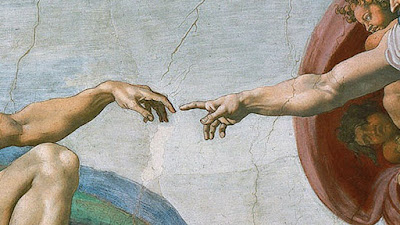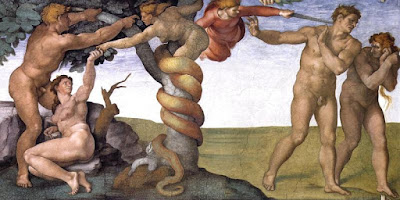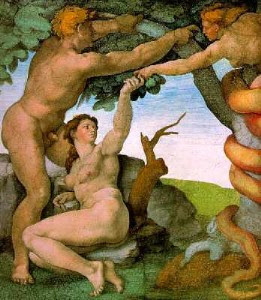The Spousal Meaning of the Body

Men were made to love women just as women were made to love men. We were all made to love as God loves. To love the way God loves is to love completely, holding nothing back. Adam and Eve knew this immediately upon seeing each other for the first time. It is inscribed in our bodies; their very physicality speaks this truth. Sex is sacred. It must be protected and revered as a holy and mysterious union. Women express the unrepeatable feminine incarnations of the human person that they are when they love their husbands. In so doing they honor and love God. Men express the unrepeatable masculine incarnations of the human person that they are when they love their wives. In so doing they also love God. The celibate is called to love by offering up their masculinity or femininity to God and by serving others. Nuns live a beautiful vocation by being spouses to Christ. This is not a sexual union but a profound spiritual union. Likewise, priests and religious brothers offer up their mas





